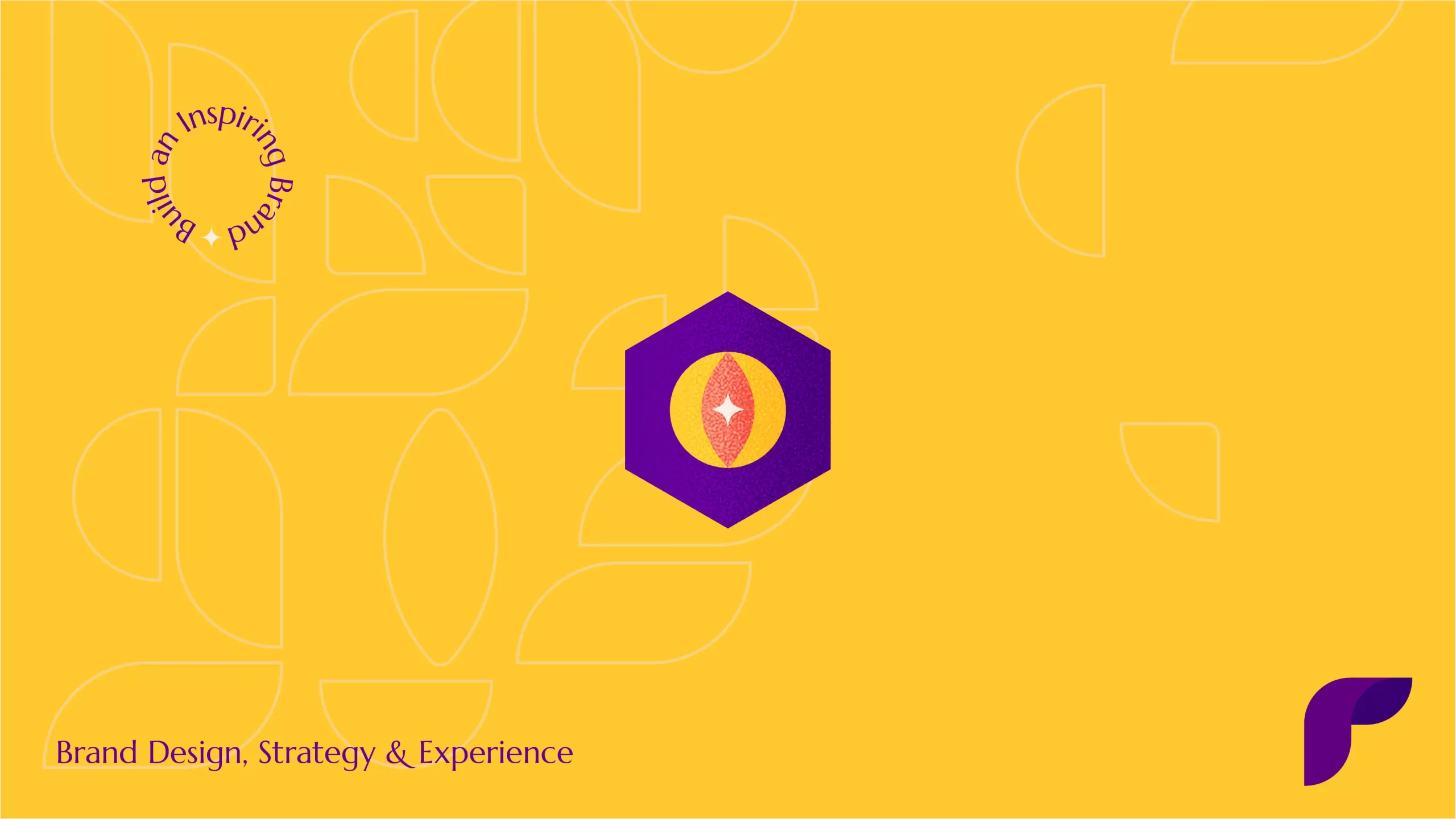Staying updated with design trends is important in our modern market if you are a company focused on maintaining a relevant and impactful brand identity. However, not all trends have lasting power.
To succeed and remain relevant, you need more than trends and fleeting preferences. You need future proofing with strategies that position you to stay evergreen even decades down the line. Fret not as we are going to give you some design trends that are likely to have a long-lasting impact on brand identity.
Inside this article,
Analyzing current design trends
To future-proof your brand, it’s important to identify graphic design trends that resonate with audiences and are adaptable to changing preferences. Here are some current design trends with the potential for longevity:
- Minimalism
- Sustainability
- Personalization
- Interactive Design
- Typography and Bold Colors
Minimalism: Less is more
Minimalism is a unique style that focuses on simplicity, using minimal elements to achieve maximum impact. This trend emphasizes clean lines, ample white space, and a restrained color palette. HDFC Bank, one of India’s leading private banks, has adopted a minimalist approach in its digital and offline branding campaigns.


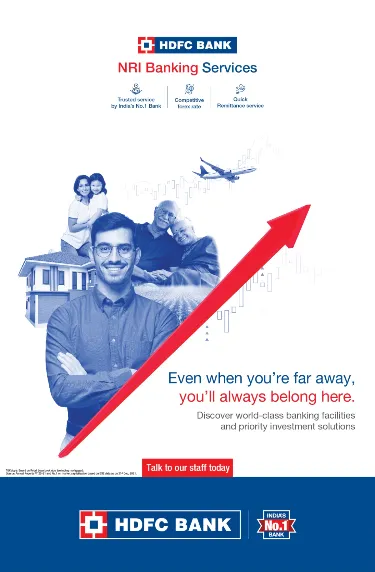
Their brand identity and adverts are designed with simplicity in mind. Their first priority is in providing a clear and concise message that focuses more on essential features and information. This minimalist design helps reduce clutter, making brand experience intuitive and enhancing user satisfaction.
Their brand identity and adverts are designed with simplicity in mind. Their first priority is in providing a clear and concise message that focuses more on essential features and information. This minimalist design helps reduce clutter, making brand experience intuitive and enhancing user satisfaction.
Sustainability: Eco-friendly design
Sustainability is more than just a trend; it’s a movement towards environmentally responsible practices. This is a must have in today’s market as brands that incorporate eco-friendly design elements and sustainable practices are likely to resonate with environmentally conscious consumers.
The Body Shop India has embraced sustainability by using eco-friendly packaging and promoting cruelty-free products. Their stores and marketing materials often highlight their commitment to sustainability, appealing to a growing segment of consumers who prioritize environmental responsibility. This focus on sustainability not only helps future-proof the brand but also strengthens its reputation and customer loyalty.
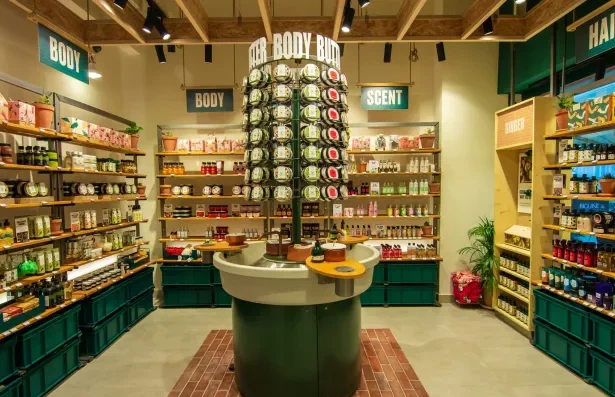

Personalization: Custom experiences
Personalization involves tailoring products, services, and marketing efforts to individual customers. This trend leverages data and technology to create customized experiences that cater to the unique preferences of each customer.
Myntra, a leading fashion e-commerce platform, uses personalization to enhance the shopping experience. Their website and app offer personalized recommendations based on user behavior, preferences, and past purchases. By providing a tailored shopping experience, Myntra ensures that customers feel valued and understood, fostering loyalty and repeat business.
Interactive design: Engaging and immersive
Interactive design focuses on creating engaging and immersive experiences for users. This trend includes elements like animations, interactive infographics, and virtual reality, which make the user experience more dynamic and memorable.
For example, IKEA’s app uses augmented reality (AR) to let users visualize how furniture will look in their homes before making a purchase. By using their smartphone or tablet camera, users can place virtual furniture in their space, adjust sizes, and see how different pieces fit together. This interactive design helps customers make more informed decisions and enhances their shopping experience.
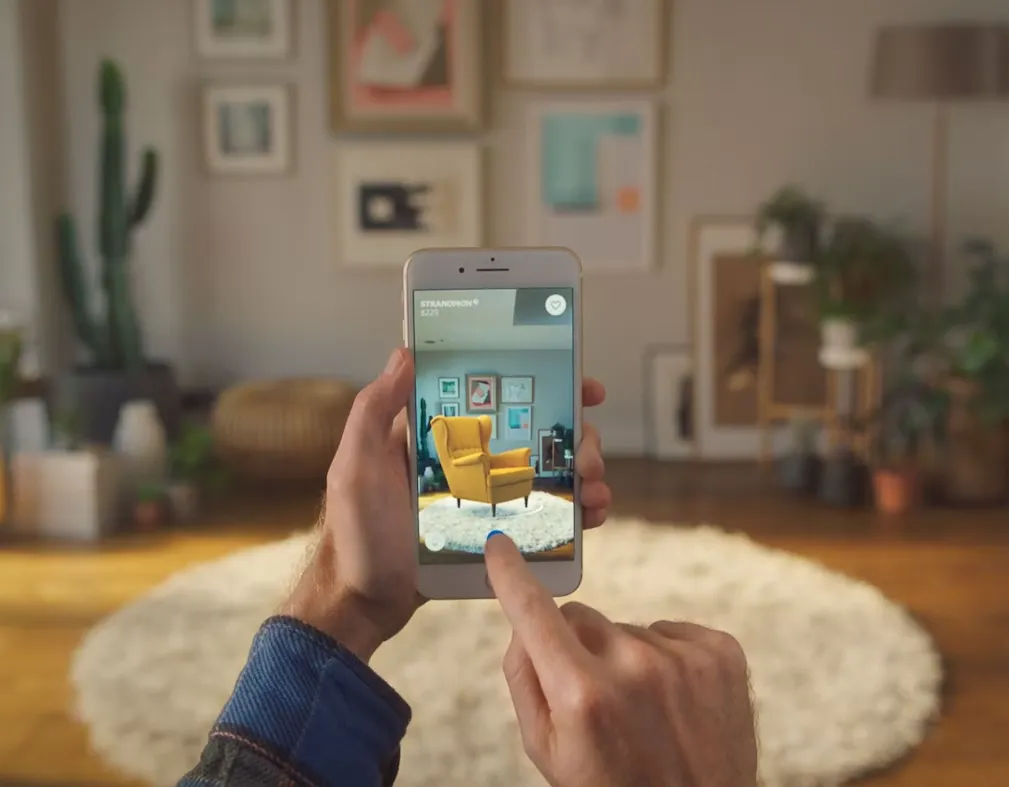
Typography and bold colors: Making a statement
Typography and bold colors are powerful tools for a distinctive brand identity. The use of unique fonts and vibrant colors can make a brand stand out and leave a lasting impression. Cred, a fintech company that rewards users for paying their credit card bills on time, uses a bold and modern typography style that conveys sophistication and trust.
Their color palette, primarily black, white, and shades of vibrant palette, reinforces a sense of luxury and exclusivity. This distinctive use of typography and colors sets Cred apart in the competitive fintech space and makes their branding memorable.
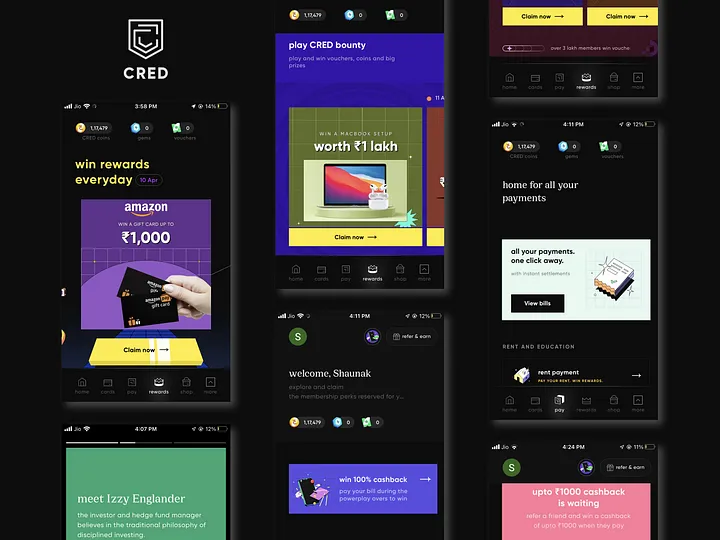
Also read: What consequence does color can have on your brand?
Integrating trends into brand strategy
To future-proof your brand, it’s important to integrate these enduring design trends into your overall brand strategy. Here’s how:
Incorporate minimalism into your design philosophy
Simplify your website, app, and marketing materials to focus on essential elements. Use clean lines, ample white space, and a restrained color palette. It is also a smart idea to use data and technology to create customized experiences for your customers. If possible, you can also offer personalized recommendations and tailor your marketing messages.
Adopt sustainable practices
Use eco-friendly materials in your products and packaging to minimize environmental impact. By showcasing your green initiatives and sustainable practices, you can build a positive brand image and contribute to a healthier planet.
Enhance user experience with interactive design
Incorporate interactive elements like animations, infographics, and virtual reality to make your products and services more engaging. Interactive design enhances user experiences by making them more dynamic and memorable. Use these tools to create immersive experiences that captivate your audience and differentiate your brand in a competitive market.
Future perspectives on design trends
While it’s important to focus on evergreen design trends, keeping an eye on emerging trends can help you stay ahead of the curve. Here are some future design trends to watch:
Augmented reality (AR)
AR technology is becoming more accessible and can enhance customer experiences by providing immersive, interactive elements.
Voice user interface (VUI)
As voice-activated devices become more popular, designing for VUI can make your brand more accessible and user-friendly.
Ethical design
With increasing awareness of privacy and data security, ethical design practices that prioritize user rights and transparency will become more important.
AI-driven design
Artificial intelligence can be used to create more personalized and efficient design processes. It is very much in trend and will keep growing as the years go by. Without a doubt, this will further help brands to better meet the needs of their customers.
Also read: Impacting personalization using AI in web design and user experience
Conclusion
Future-proofing your brand involves more than just following design trends. It requires a strategic approach to integrating trends that have lasting power. By focusing on the ideas we have listed in this article, you can create a brand identity that remains relevant for the years to come.
An identity that is rooted in strategies and values that remain golden even a decade from today. Brands that customers flock toward in moments and ensure you remain impactful over time.

